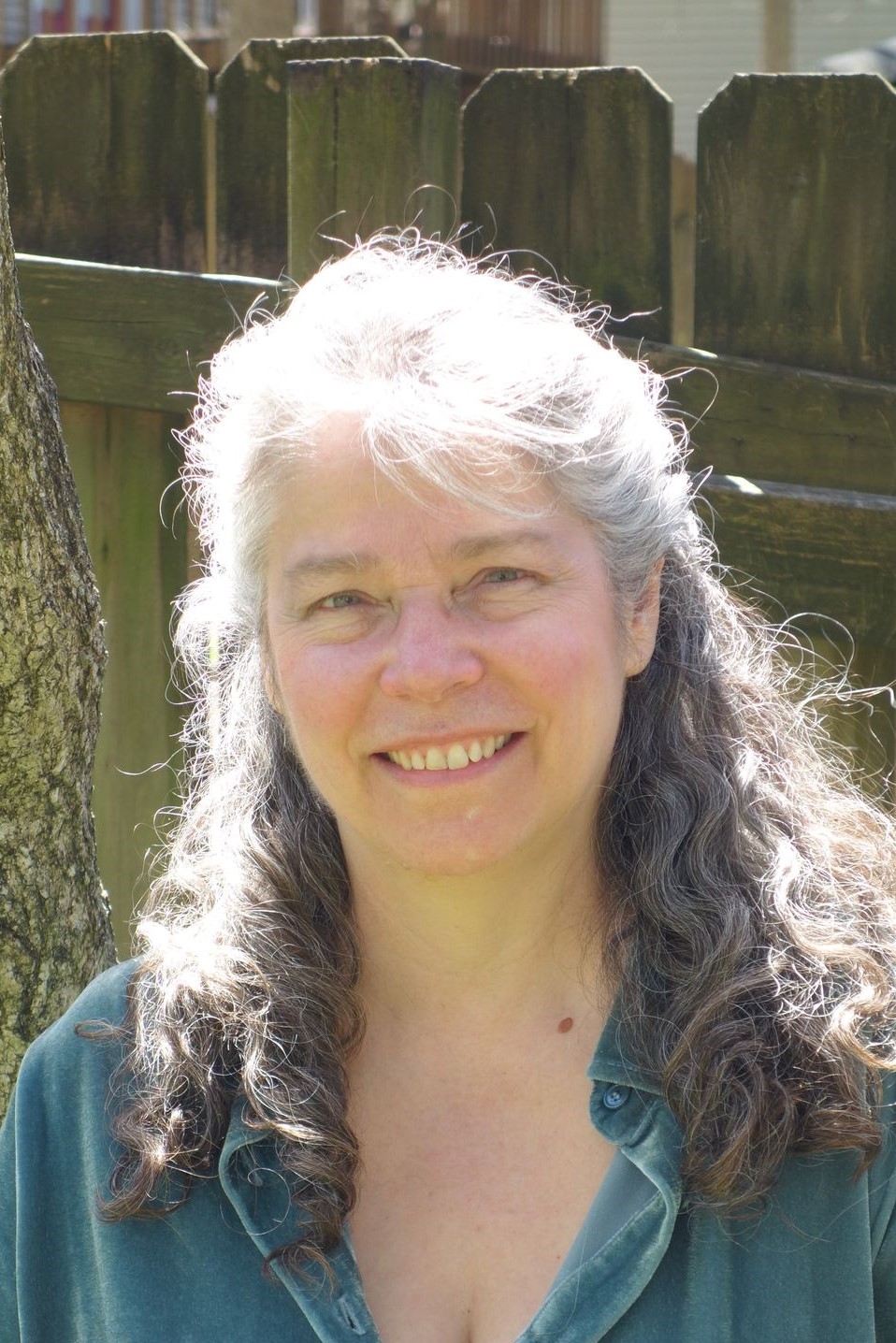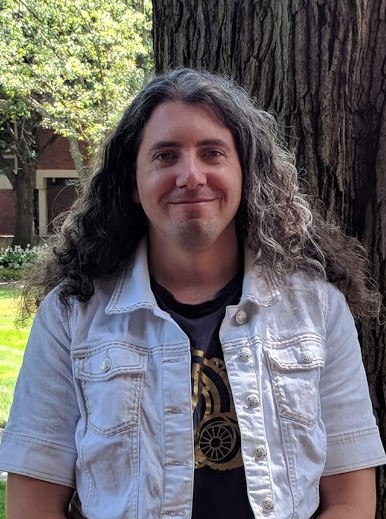Mahde Hassan, Writing Consultant
When Covid began a couple of years ago, it seemed to us a curse, but after profound thoughts during the quarantine days, I figured out that it has implicitly taught us how valuable life is. There is not a single country which was not struck by the deadly Covid-19. Countless people died of Covid regardless of age and nationality, which resulted in tremendous panic and anxiety. Despite the huge number of people dying from Covid, we are still alive. Like me, many others would have taken it for granted that we will be living for a long time without being sick and that staying healthy is a right, not a privilege because Covid has made us feel vulnerable. When we regard staying healthy and staying alive as our right, we are less likely to be grateful for our sound health and life to God. Once we fail to realize the value of our life, we barely make the full use of it, being less careful about empathy and kindness.
Panic and anxiety that resulted from the deaths and infections of Covid made us the passengers of the same boat. Deaths and infections caused from the pandemic were not only seen in one single country, but across the globe. We may have been a citizen of one country, but the worrying atmosphere posed by the pandemic made all of us shaky and we all fought together to get over the situation. Because we all at times went through this critical moment, we have learned how to empathize with people around us. Interestingly, when we work with writers at the University Writing Center, we prioritize practicing empathy. As writers go through many stages of writing, they may get stuck, or they might not have any idea of where to begin one project and where to end it. But we patiently try to understand their struggles and offer as much support as we can. Although I knew empathy is one of the factors responsible for making a leader stand out, I would not have felt the need to practice it in real life unless I had experienced such an excruciating situation caused by the pandemic.
Furthermore, the pandemic has brought about a considerable transformation in the ways we approach virtual writing center work. While before the pandemic people including me used to think virtual appointments as the last option which is not so effective, we now regard them as being as productive as in-person appointments. When I needed to book a virtual appointment, I often took it for granted that this was going to be ineffective. On the other hand, in terms of consulting at the Virtual Writing Center, I had no idea of how to make the most out of the virtual appointments. Now that the pandemic made us more exposed to virtual appointments, I have learned how to make live video chat appointments and written feedback sessions more fruitful. In fact, while virtual hours were not filled up quite often prior to the pandemic, the demand for virtual appointments has climbed up significantly resulting in an added number of hours from the University Writing Center. Due to this change, people can still benefit from written feedback even without attending the appointments physically.
On top of that, the pandemic has made us open to change. Those who were used to shopping physically have been accustomed to shopping online. Leaders who tend to think work from home hampers productivity have let their employees work from home. People who found traveling enjoyable found joy in other activities. When it comes to writing, it is beneficial to be open to changes. For instance, I may have written the first draft of a paper and considered it the best and the final draft, having a prejudice that I need not take others feedback to improve it. Nevertheless, in reality, the more we revise and edit, the better we can make the paper. In the process of revision and editing, it is indispensable to accept criticism and constructive feedback. The moment when I can hold a mindset of changing something based on any of consultants’ feedback or simply a friend’s feedback, my paper and writing skills grow quickly. Thus, the pandemic has taught us to be open to changes and it brings out something better mostly.
The pandemic demonstrated that a simple, invisible pandemic can disrupt everything, not just in a single country, but throughout the world. So, NO—we cannot do whatever we want in life: we should care for humanity. We should be cutting off our bad habits and trying to add values to others’ lives by being honest and empathetic. No matter what we have been doing for years, we always have chances to reflect on what we are doing and reconsider what we should do to make the world a better place to live. Unless a global tragedy comes in and disrupts our regular activity, our “devil self” might not have realized that we are sent to this world with a purpose. We cannot randomly do things that can worsen people’s lives and experiences. And when we become more compassionate with our surroundings, it makes an impact. So, when I look back to the Covid-stricken years, I find myself happy thinking about the fact that I learned to appreciate what I have and be more empathetic in life regardless of where I’m working and where I am living. I’m now more open to change, thanks to Covid-19. Covid-19 is an eye-opener for me.




 Cat Sar, Writing Consultant
Cat Sar, Writing Consultant  consultants and administrative staff will be working from home. Below I will explain our plan to work with writers online and point you to
consultants and administrative staff will be working from home. Below I will explain our plan to work with writers online and point you to 

 Sometimes this difficulty stems from the fact that you may not have read the necessary book or article, but most of the time it stems from the widely known struggle of trying to organize your thoughts. What if I told you that there was a way to help you get off of the struggle bus?
Sometimes this difficulty stems from the fact that you may not have read the necessary book or article, but most of the time it stems from the widely known struggle of trying to organize your thoughts. What if I told you that there was a way to help you get off of the struggle bus? Do you start with a thesis? Do you write from introduction to conclusion? Should you make an outline? Where do you put your research in the flow of your argument? What is the “best” way to start a paper?
Do you start with a thesis? Do you write from introduction to conclusion? Should you make an outline? Where do you put your research in the flow of your argument? What is the “best” way to start a paper?